And all of this is part of a larger trend. In 2013, we witnessed the most volcanic eruptions worldwide that we had ever seen in a single year, and 2015 is already threatening to be another one for the record books. All over the planet, volcanoes that have long been dormant are beginning to wake up, and this is greatly puzzling many scientists.
Fortunately, most of the eruptions in recent years have been relatively small. But scientists tell us that if we do see a VEI 7 or a VEI 8 eruption today, the amount of energy that would be released would be somewhere in the neighborhood of a million nuclear bombs going off all at once, and such an eruption would completely literally transform our civilization almost overnight.
The last VEI 7 eruption that the world witnessed was in Indonesia in 1815.
According to the Express, that massive eruption resulted in a "year without summer" and created famine all over the globe...
If you don't think that such a thing could happen today, you should keep in mind that global food production is just barely keeping up with global food demand. In fact, in some years the world actually eats more food than it produces. Global food reserves are at perilously low levels, and so a "year without summer" would be absolutely cataclysmic.The deadly eruption of Mount Tambora in Indonesia sparked what was known as the 'Year Without Summer' in 1815 as crops failed and livestock died in much of the Northern Hemisphere - causing the worst famine for hundreds of years.
However, academics have warned that the chances of a similar disaster happening in the next 85 years, which could see the Earth flung back into a "pre-civilisation state", was estimated to be as high as one in 10.
Due to dense population, an eruption which killed tens of thousands only two centuries ago would now be "cataclysmic" for today's population, the authors warned.
"Large volcanic eruptions have the potential to impact climate, anthropogenic infrastructure and resource supplies on a global scale," the panel of geologists, economists and climate scientists from the European Science Foundation have written in a new paper.
And right now, some of the biggest volcanoes in the world are starting to wake up.
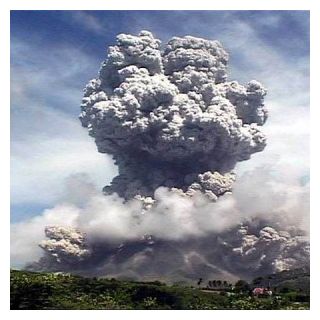
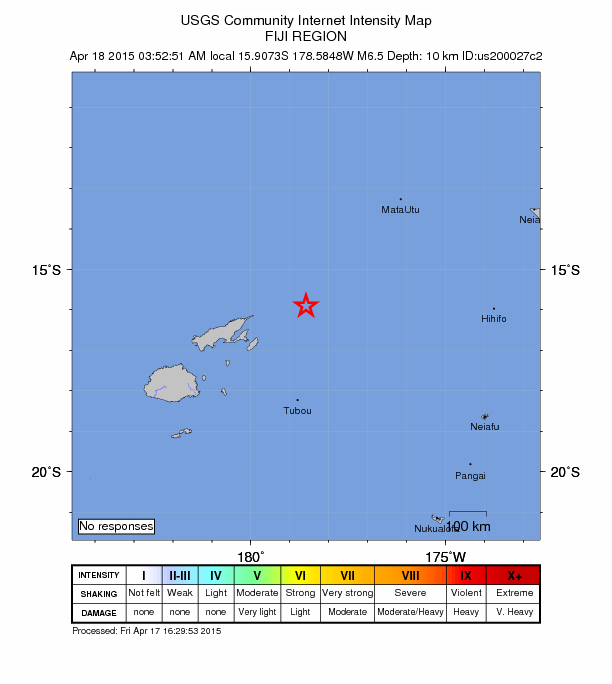
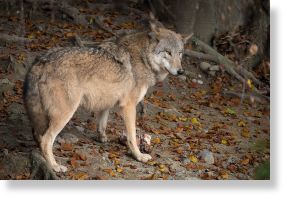
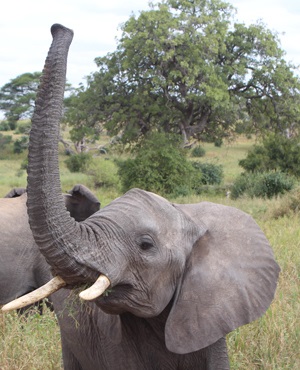
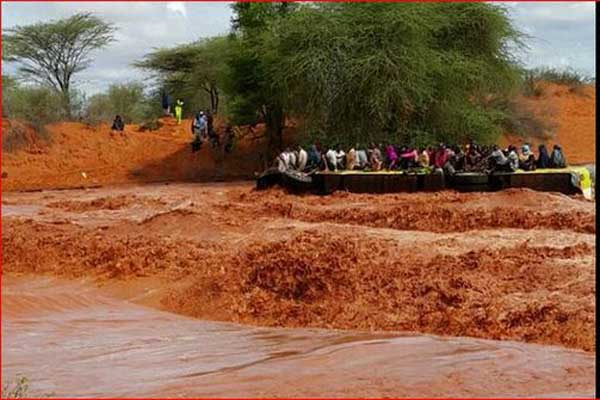
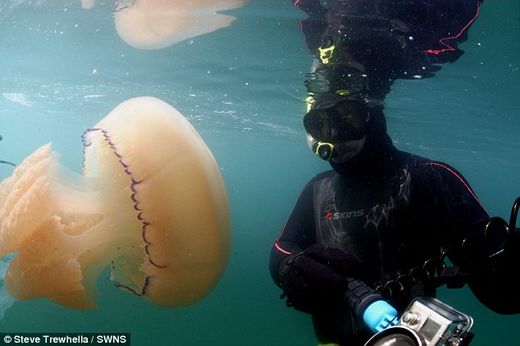

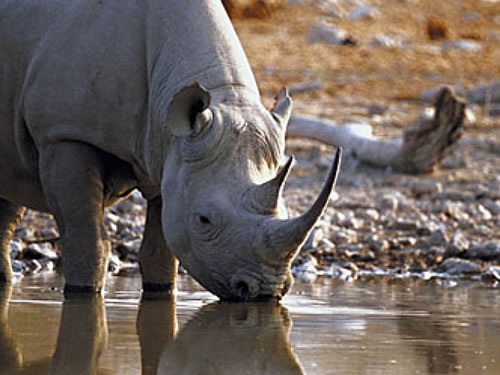

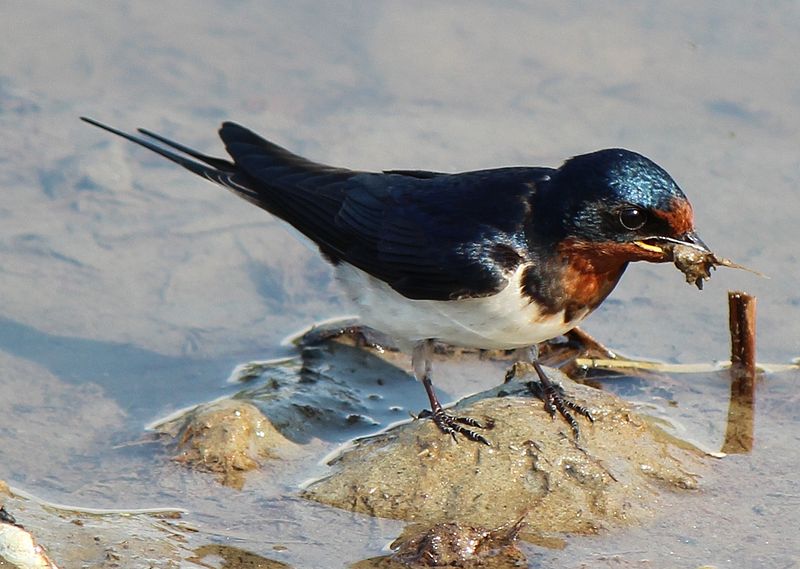
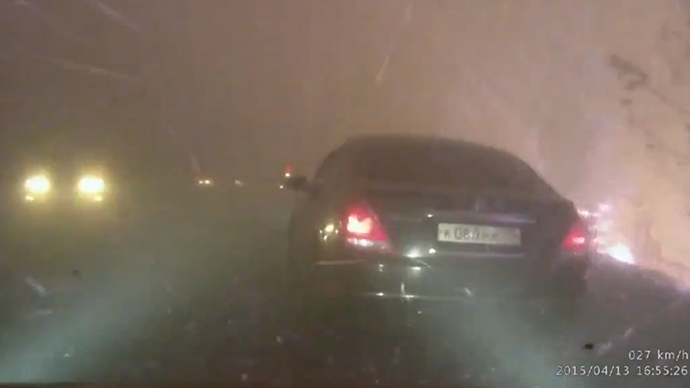



Comment: